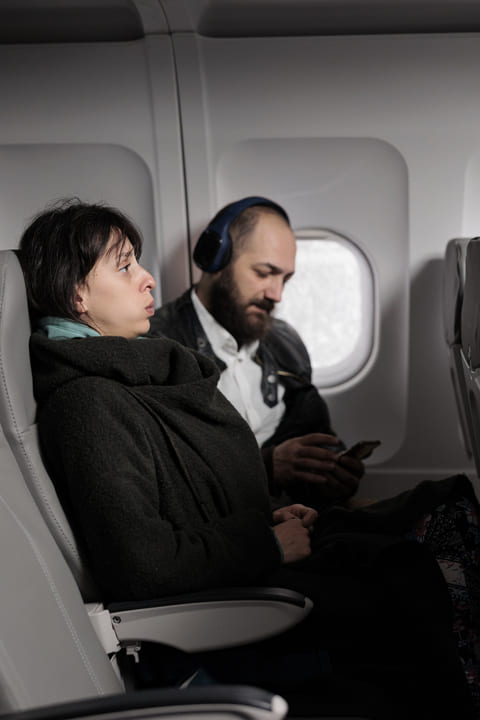Today I am here to take you on an intriguing journey into the world of in-flight dining. Join me as I explore the mystery behind why the food served on airplanes often leaves passengers, like my frequent flyer patient Avinash, longing for more flavor and satisfaction.
The Anticipation and Disappointment
Avinash, a software engineer, often finds himself traveling for work, and he’s one of the many individuals who share a common sentiment – the food served on flights rarely lives up to our expectations. As I spoke to him about his experiences, he described the anticipation that builds as the aroma of food wafts through the cabin, only to be followed by disappointment once the tray is placed before him.
The Culinary Challenge of Altitude
Avinash and I delved into the science behind the culinary conundrum at high altitudes. It turns out that the taste buds function differently in flight. Reduced air pressure, low humidity, and the constant hum of the aircraft engines all play a role in numbing our senses, making food taste less flavorful than it does on the ground.
The Unseen Culprit – Dry Air
One of the hidden culprits behind the unappetizing meals is the dry air inside the cabin. Avinash shared his observation that food seems to lose moisture and become dry quickly in flight. This dryness affects the texture and overall palatability of the dishes, making them less enjoyable.
The Impact of Cabin Pressure
Cabin pressure, another critical factor, affects our perception of taste. As we ascend to cruising altitude, the lower cabin pressure can dull our sensitivity to certain flavors, particularly those that are more subtle. This means that the chefs behind in-flight menus must compensate by adding extra salt and seasoning, which can sometimes lead to overly salty or seasoned dishes.
Limited Culinary Real Estate
Avinash and I discussed how airlines are often limited by the space and equipment available in the galley. These constraints can limit the culinary creativity of the onboard chefs, who have to work with restricted resources to prepare meals for hundreds of passengers.
The Challenge of Reheating
Reheating pre-cooked meals on an aircraft poses its own set of challenges. Avinash shared his frustration with meals that arrive lukewarm or unevenly heated. The reheating process can affect the texture and taste of the food, leaving passengers less satisfied.
Culinary Compromises – Balancing Safety and Taste
Safety considerations are paramount in aviation, and this extends to in-flight catering. Avinash and I explored how certain ingredients and preparation methods must be avoided due to the risk of foodborne illnesses. These restrictions can limit the range of flavors and dishes available on the menu.
The Role of Packaging
Avinash emphasized the impact of packaging on the dining experience. Individual packaging is not only practical for serving on a plane but also contributes to the perception of food quality. The aesthetics and convenience of packaging can influence how passengers perceive the taste of their meals.
The Future of In-Flight Dining
As Avinash and I wrapped up our conversation, we pondered the future of in-flight dining. With advancements in technology and a growing focus on passenger experience, airlines are constantly seeking ways to improve the quality of their onboard meals. Perhaps in the years to come, travelers like Avinash will find themselves savoring the skies more than ever before.
Conclusion: A Sky-High Culinary Challenge
The unappetizing nature of in-flight food is a multifaceted issue, influenced by factors ranging from altitude-induced taste bud numbness to limited galley space and safety considerations. As an Ayurvedic doctor, I understand that the airline industry faces significant challenges in providing passengers with a satisfying culinary experience. However, there is hope that with ongoing innovation, we may soon see the day when the food in flight is as delightful as the destination itself. So, the next time you find yourself in the clouds, remember, that it’s not just your imagination – there’s science behind the tasteless tray before you.

